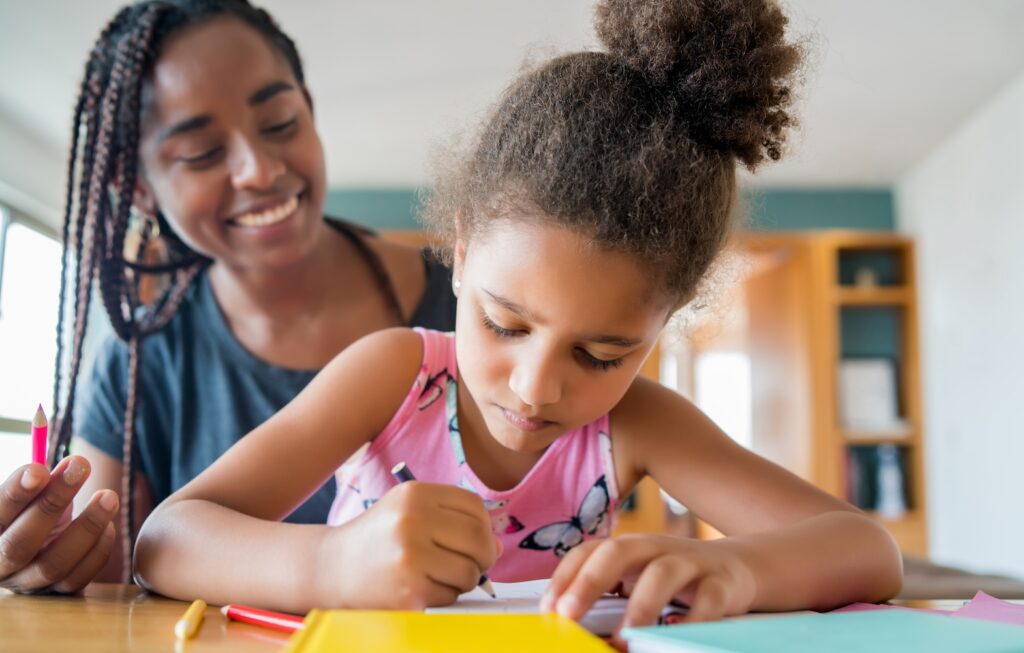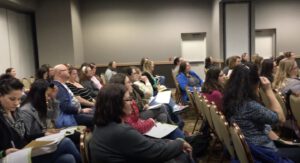Missouri reaches ‘unprecedented’ number of homeschoolers, outpacing public- and private-school enrollment, researchers conclude
An estimated 1 in 16 school-aged children in Missouri now homeschool – a “quiet but seismic shift” nearly doubling since the COVID-19 pandemic, educational analysts say.
“Not long ago,…

An estimated 1 in 16 school-aged children in Missouri now homeschool – a “quiet but seismic shift” nearly doubling since the COVID-19 pandemic, educational analysts say.
“Not long ago, the image of education was familiar and predictable: Students boarding yellow buses or stepping through the doors of red brick buildings,” writes Collin Hitt for the left-leaning Missouri Independent.
“But in Missouri, that picture has changed. We now know that for tens of thousands of families, school is happening right at home. Love it or hate it, this appears to be a permanent change in the Missouri education landscape.”
Hitt is executive director of the Policy Research in Missouri Education (PRiME) Center at Saint Louis University. He and his colleague, Amy Shelton, collected data from six sources to reach their estimate, including their own center’s surveys, state education reports, and information from the U.S. Census.
“That puts the number of (Missouri) children educated outside of traditional public and private schools at 61,000 – an immense increase from pre-pandemic levels.”
When compared with an estimated 3% of homeschoolers in the Show-Me State before 2020, Hitt calls this number “unprecedented” for educational history.
“To put it into perspective, the 61,000 homeschooled students in Missouri today equal the public-school enrollments of the school districts in St. Louis and Kansas City, combined,” he explains. “In rural areas, homeschoolers now often outnumber private school students.”
Difficulties with data
Researchers have struggled to pinpoint the exact number of homeschoolers nationwide over the years, since tracking requirements vary by state.
“Missouri is one of 20 or so states that either don’t collect or don’t publish official homeschooling counts,” Hitt writes. “While state education agencies meticulously track public school enrollment to allocate billions of dollars in funding, they rarely track private school or homeschool students with the same rigor.”
Because Missouri provides “little to no direct funding to private schools or homeschool families,” its level of homeschool enrollment data cannot compare to public-school statistics, according to Hitt.
“Even in states that require some form of homeschool registration, many students were unaccounted for during and after the pandemic. A previous analysis by the Associated Press and Stanford University found that hundreds of thousands of students nationwide were ‘missing’ from school rosters and student registries after 2020.”
Many of those “missing” students simply switched to homeschooling during the COVID-19 pandemic lockdowns, Hitt concludes.
“All of a sudden, every family had a taste of being their children’s primary educator. The data shows that many parents liked how that felt, and stuck with it years after brick and mortar schools reopened. Also, in the post-pandemic world of remote work, many families – who perhaps were always interested in homeschooling – are now able to make it work.”
Hitt does not speculate on other reasons, though other media outlets such as the Washington Post acknowledge dissatisfaction with public schools has likely contributed to the increase in homeschooling.
In one example, California mom Stephanie Peterson withdrew her special-needs daughter after her public school failed to provide sufficient services for autism or accommodate a severe peanut allergy.
“Many [parents] also said they feared the intrusion of politics into public education, a worry unlikely to recede amid arguments over how sexual identity, Black history and other subjects are handled in the classroom,” the Post’s authors wrote.
Additionally, families are raising concern over academic outcomes from the public-school system.
As previously reported by The Lion, Missouri’s Department of Elementary and Secondary Education has come under fire for removing report cards from its website and failing to republish them with new 2024 data.
“Information about the performance of schools in Missouri is very difficult to find and not user friendly,” wrote Dr. Susan Pendergrass, director of education policy at the Show-Me Institute. “When done well, report cards can be a useful and valuable way to communicate school information to parents.”



